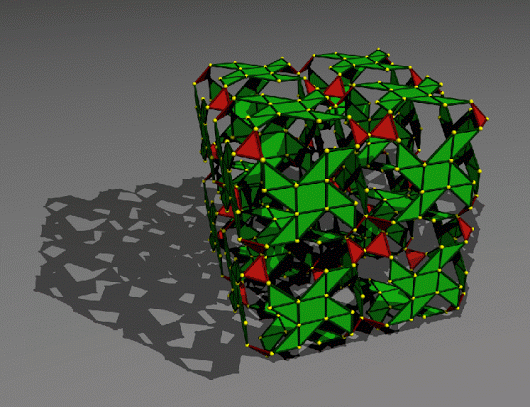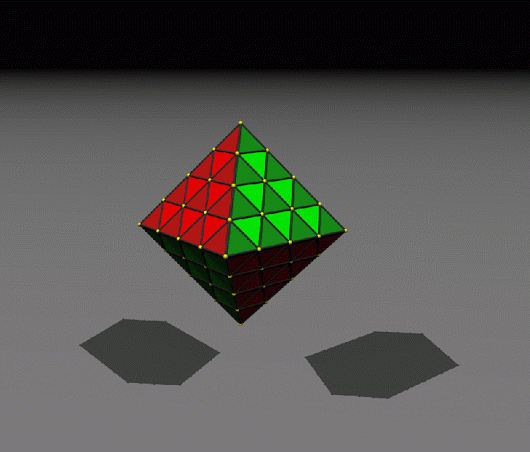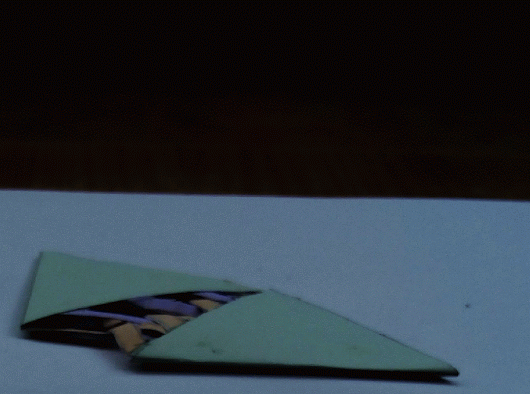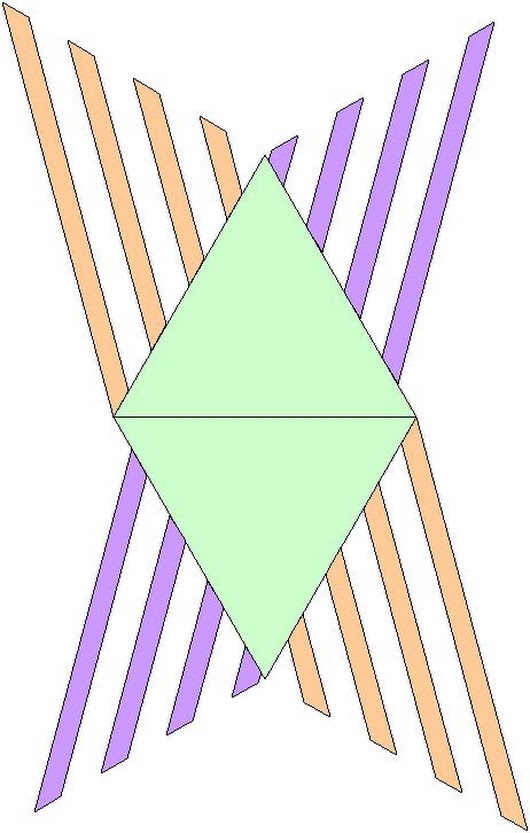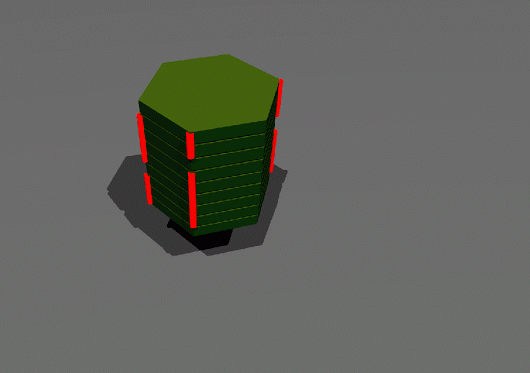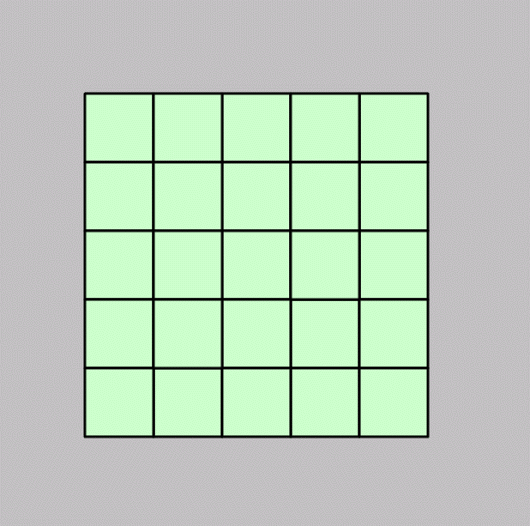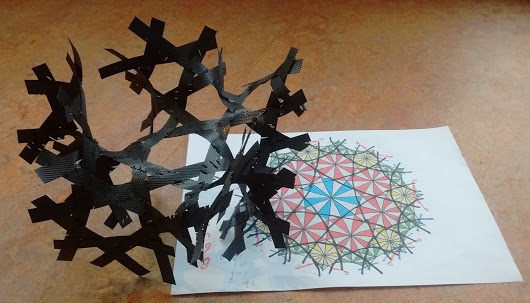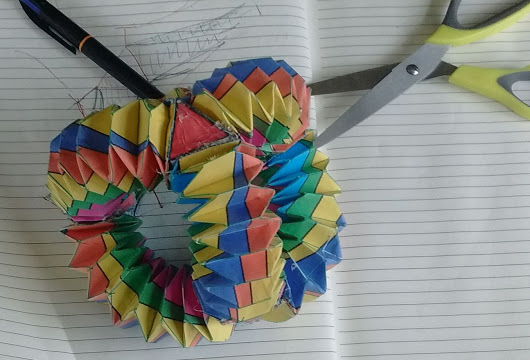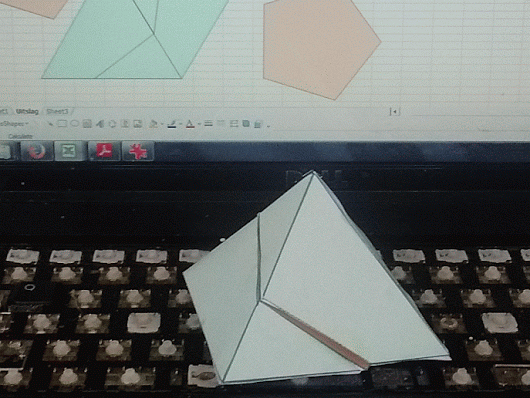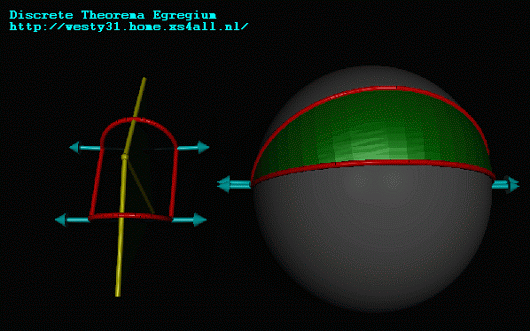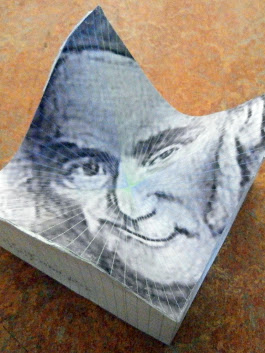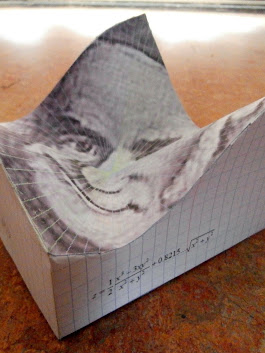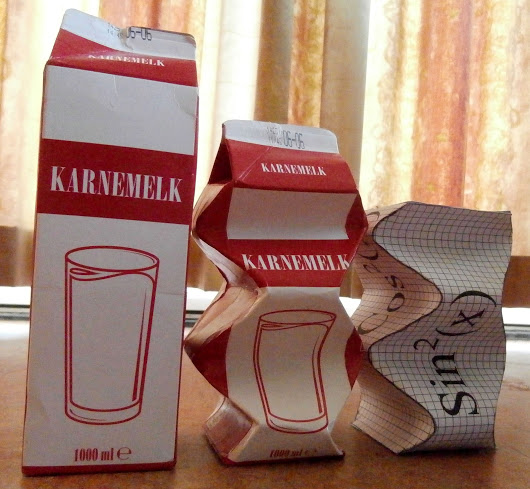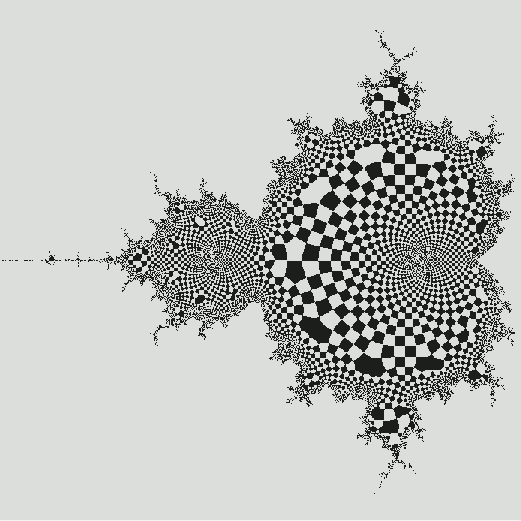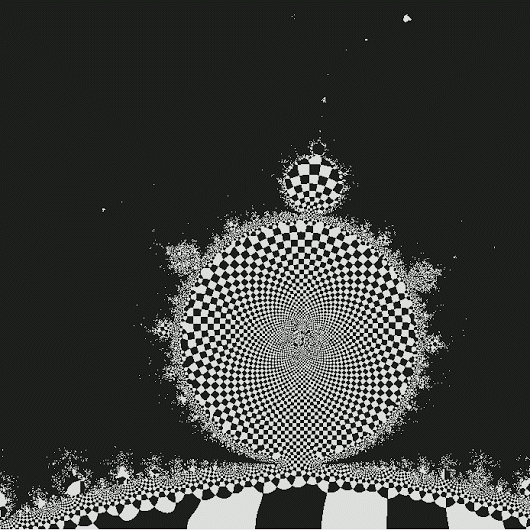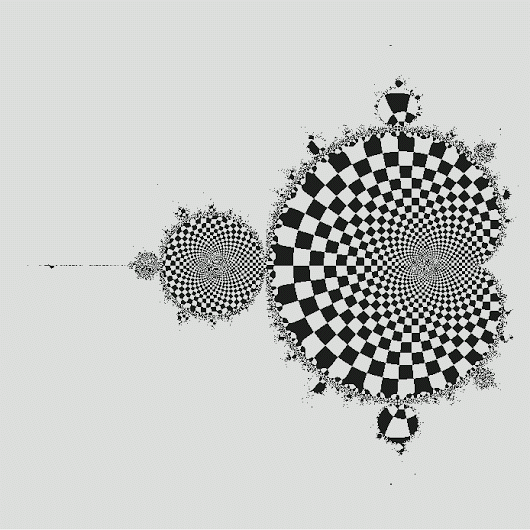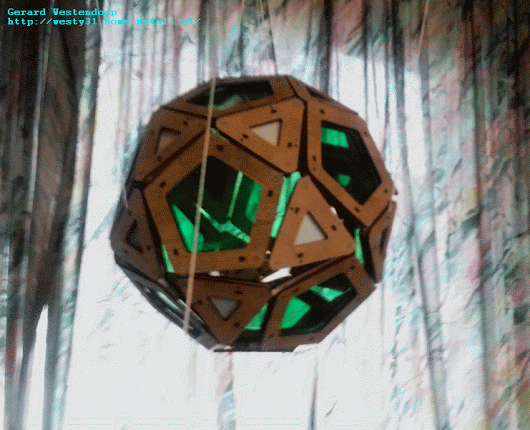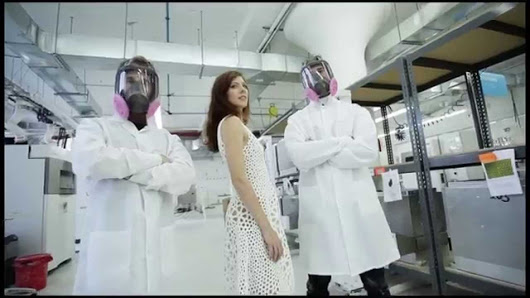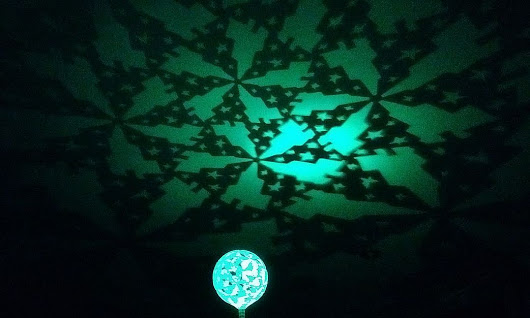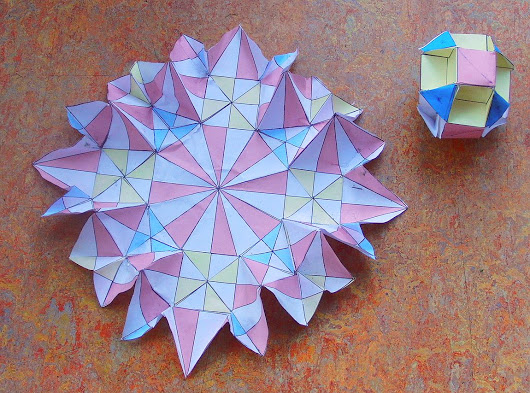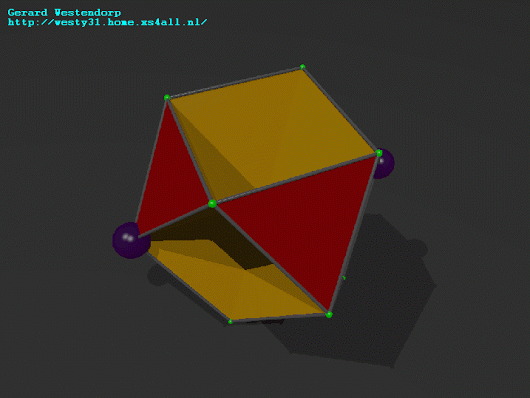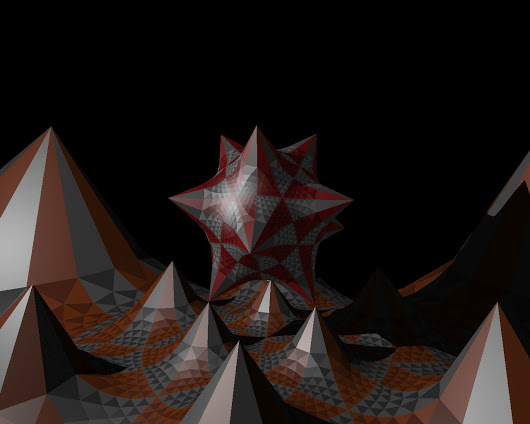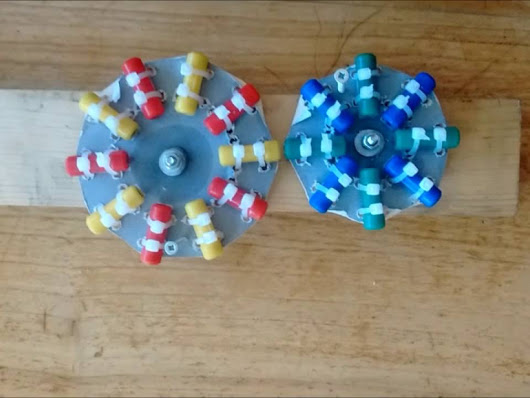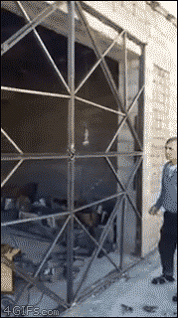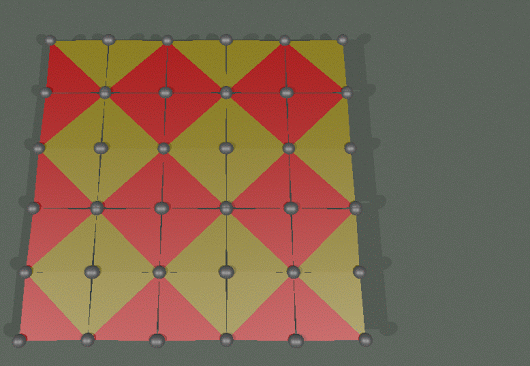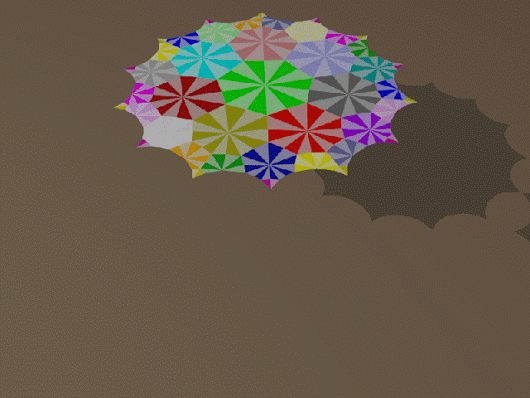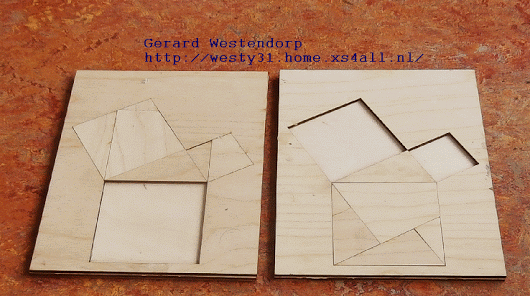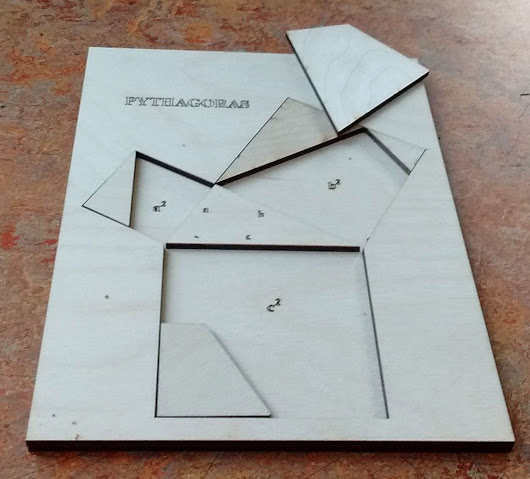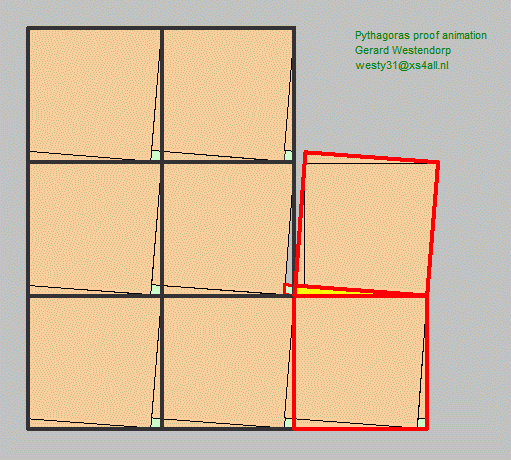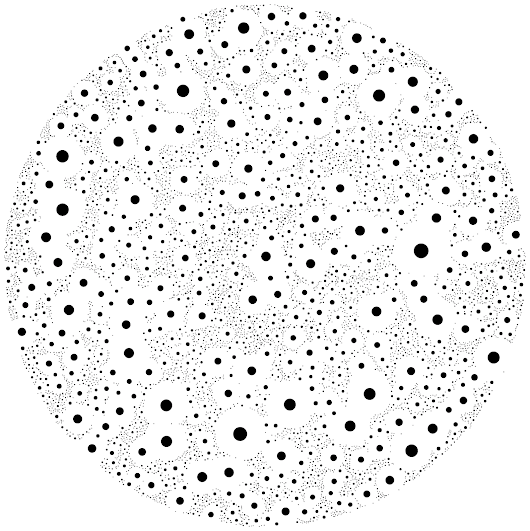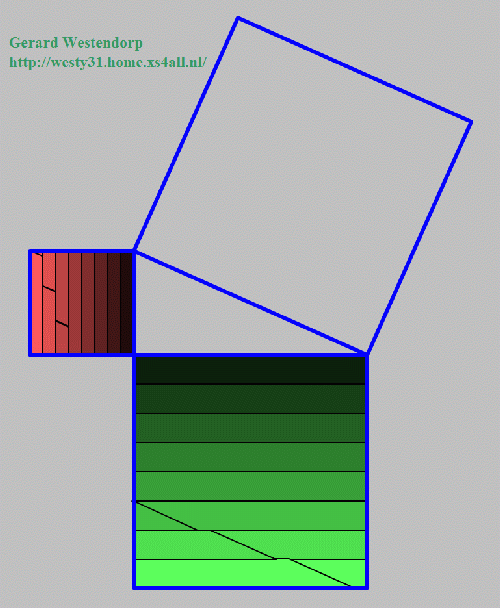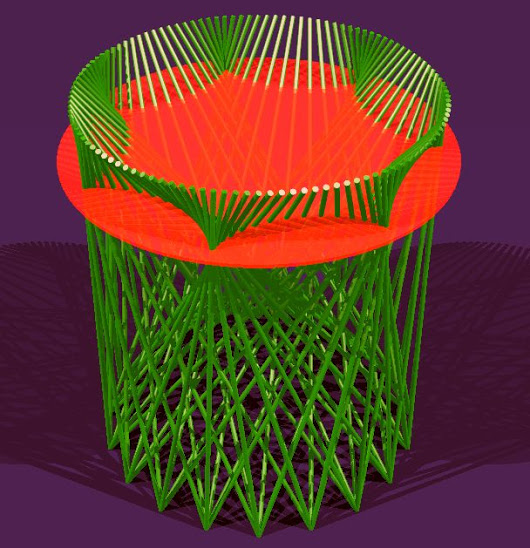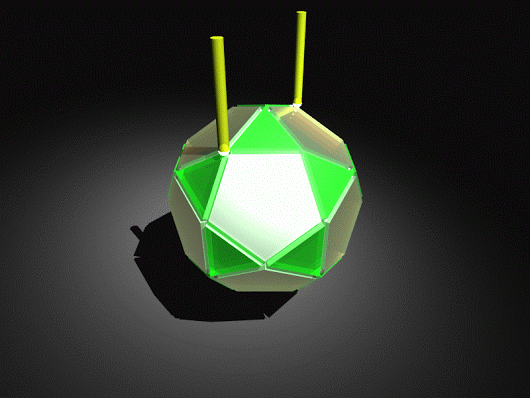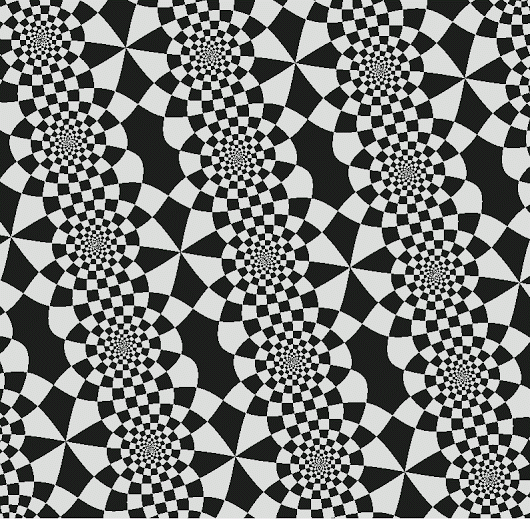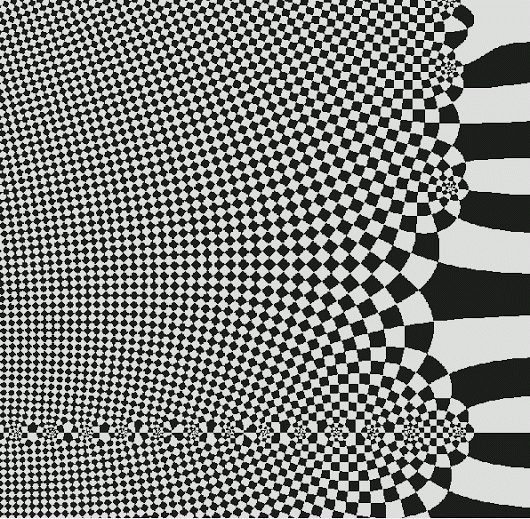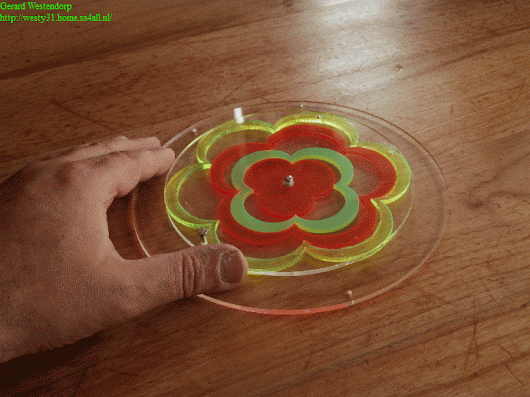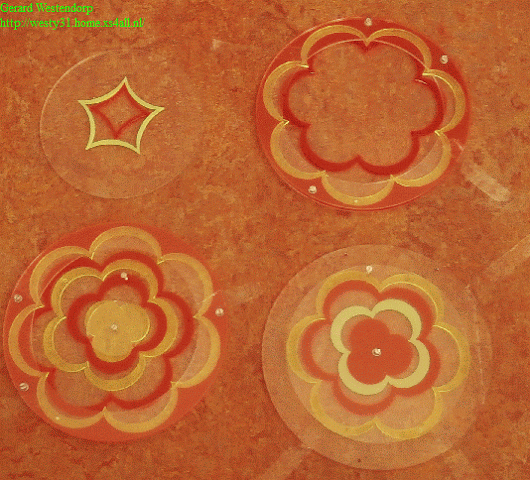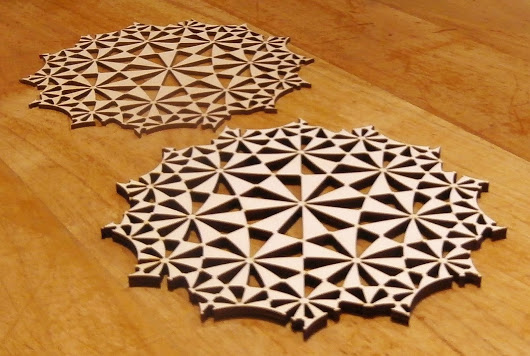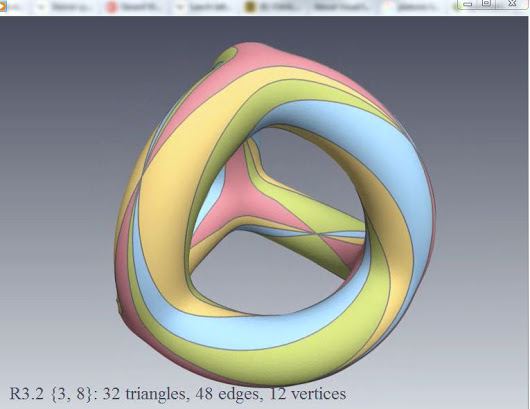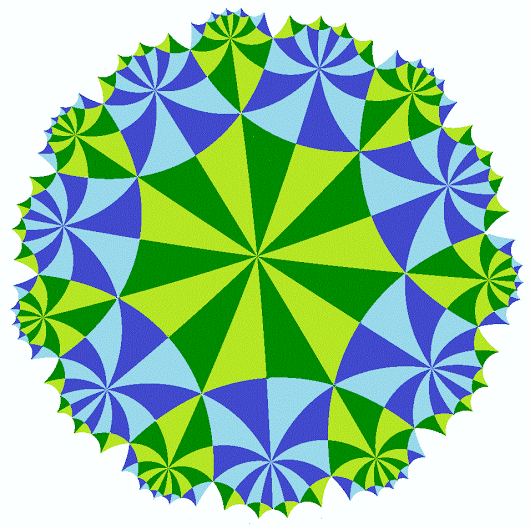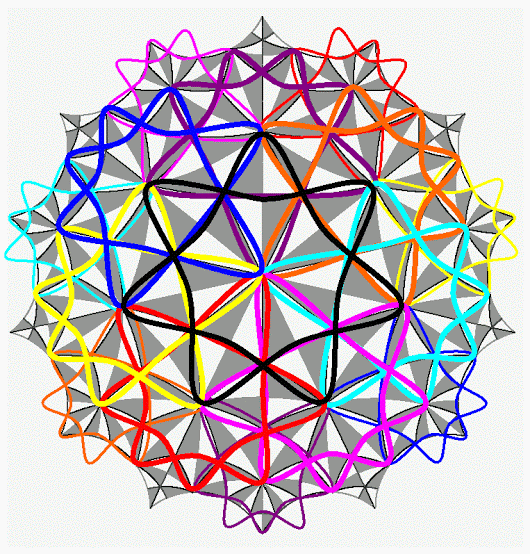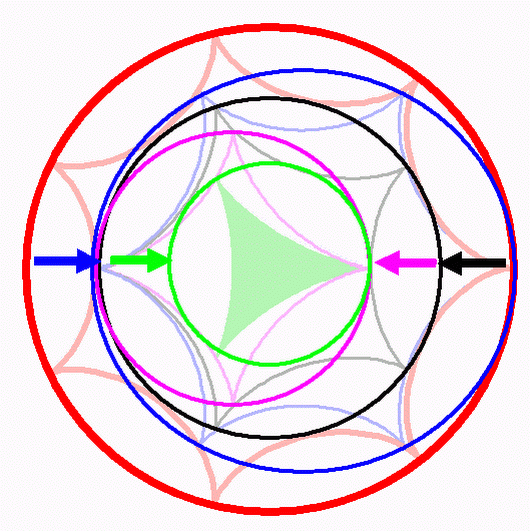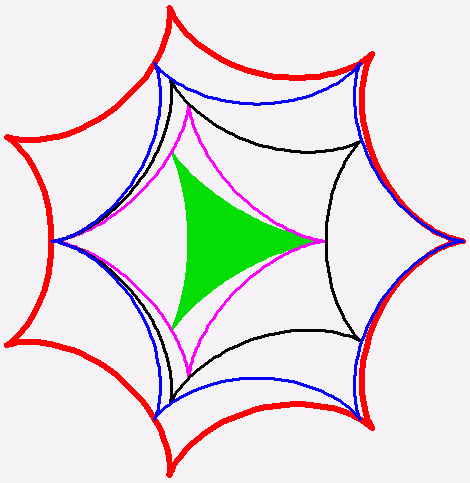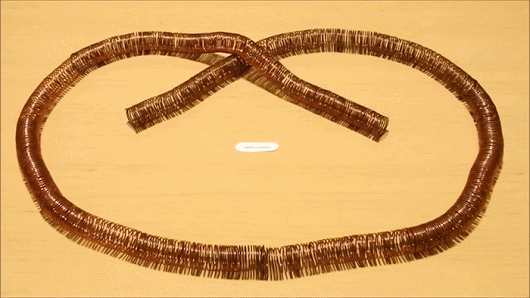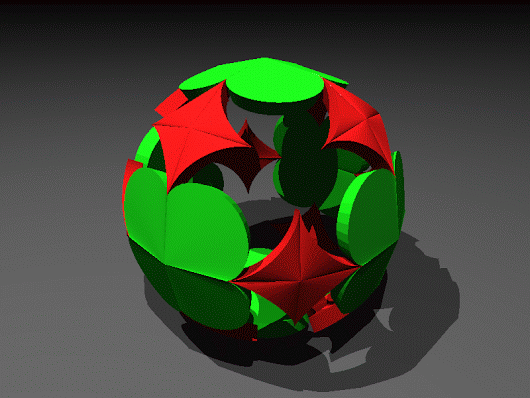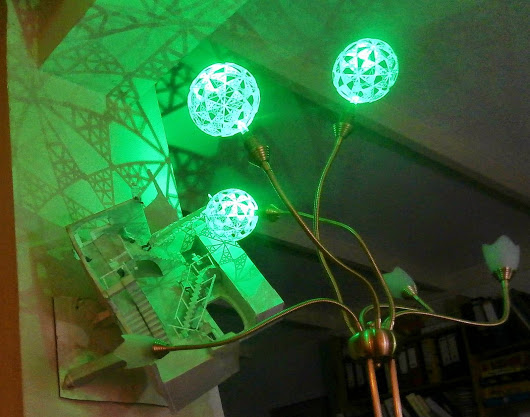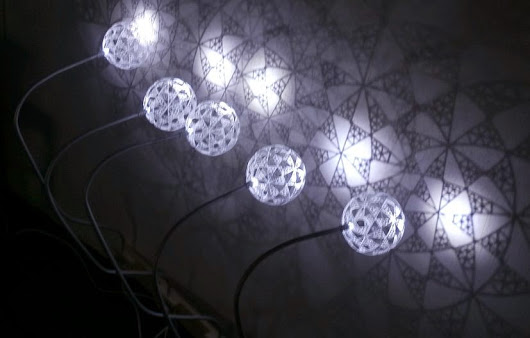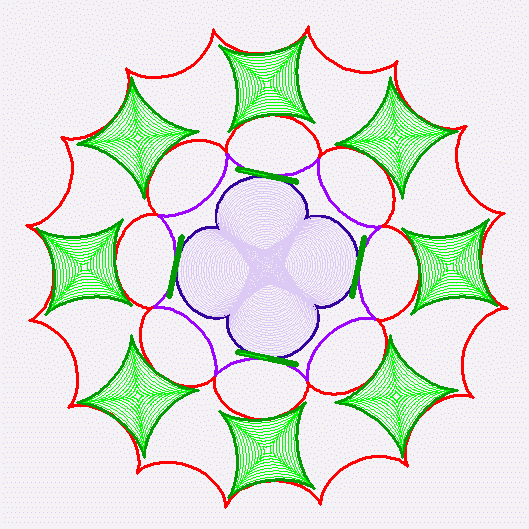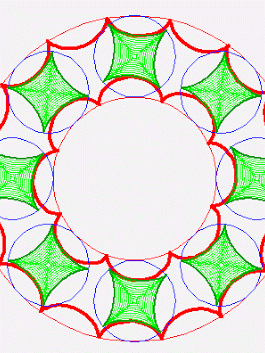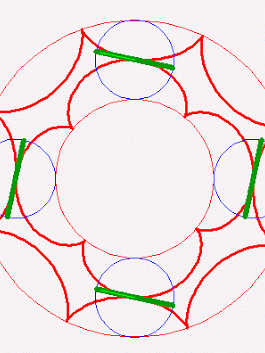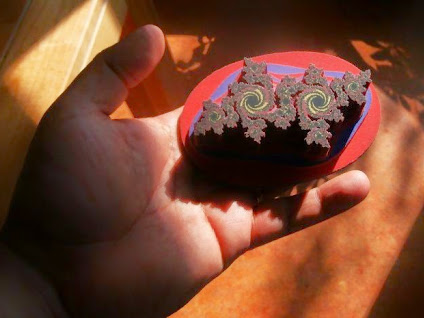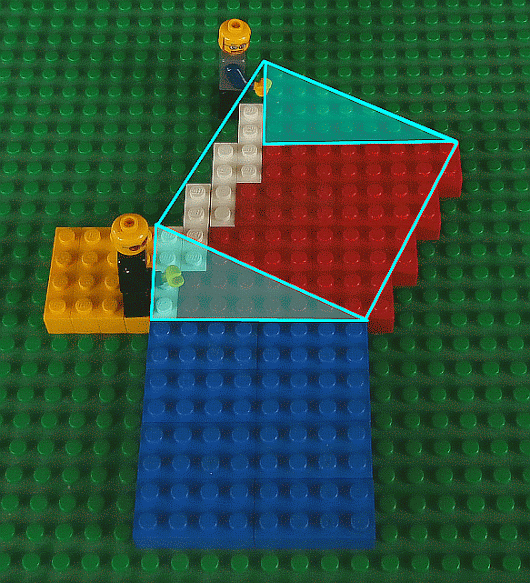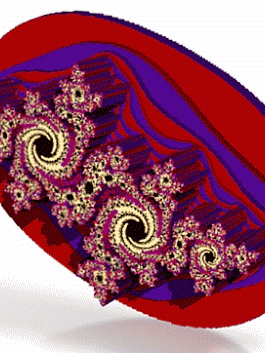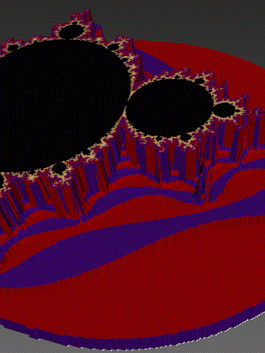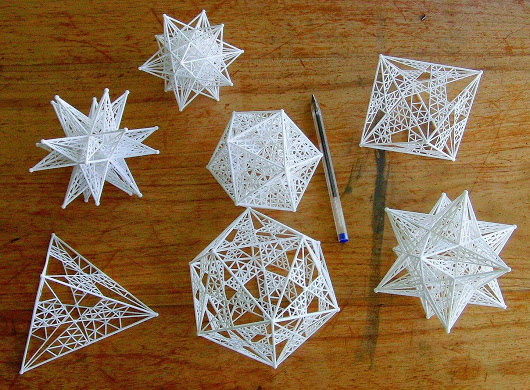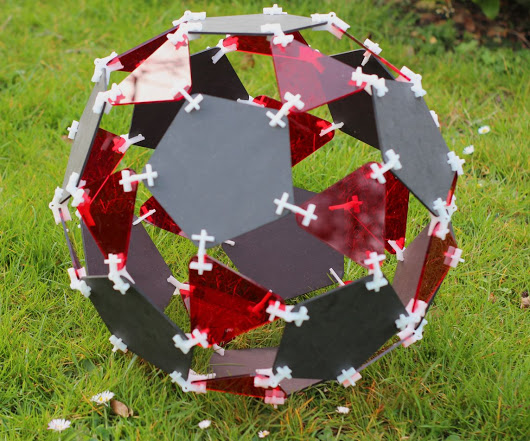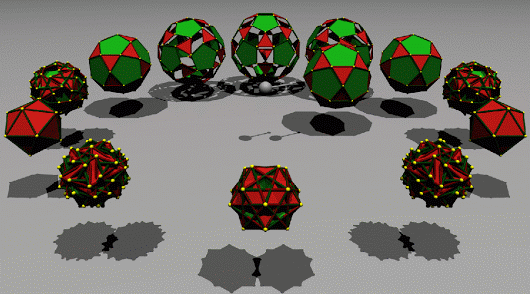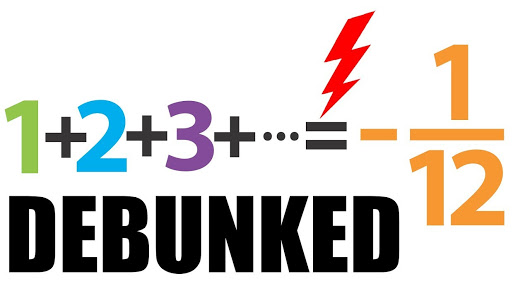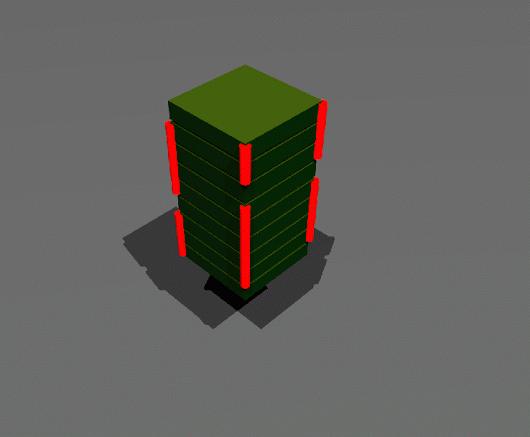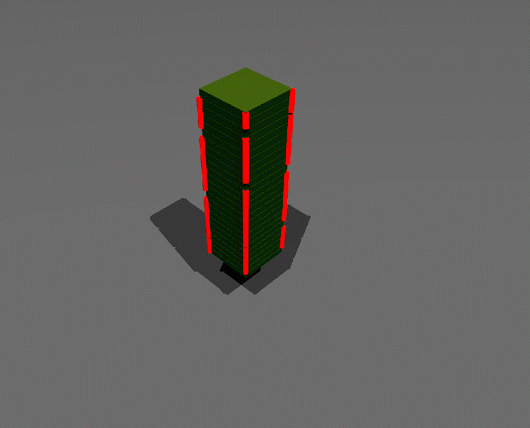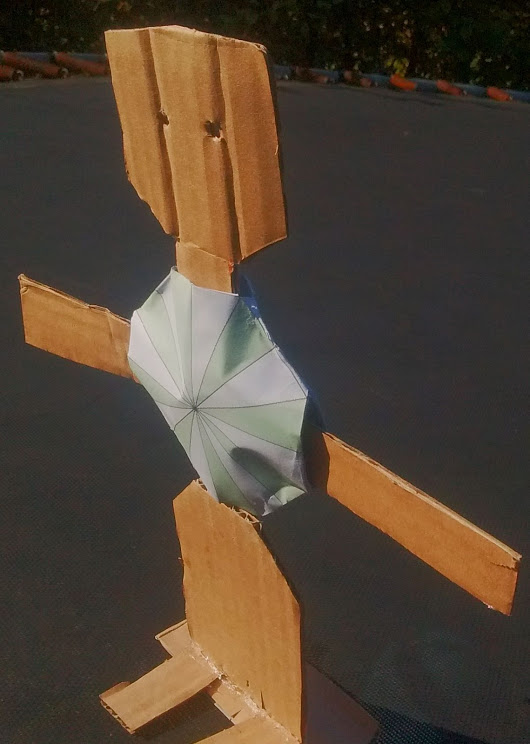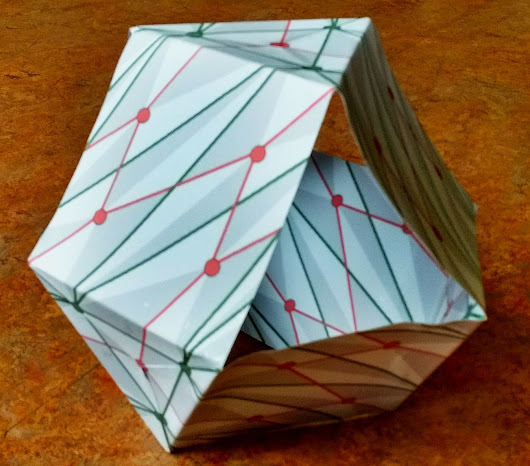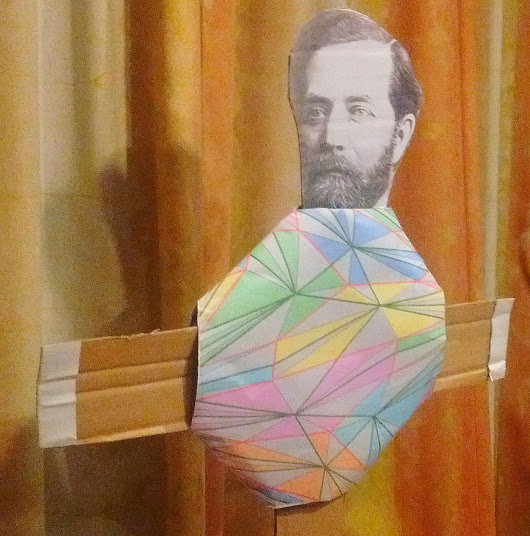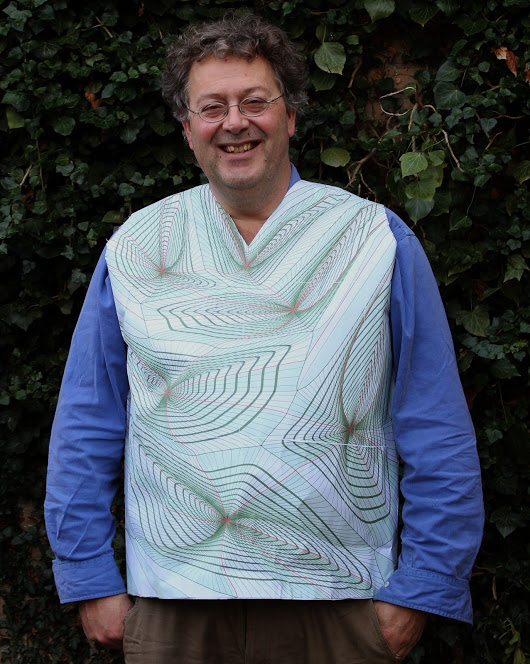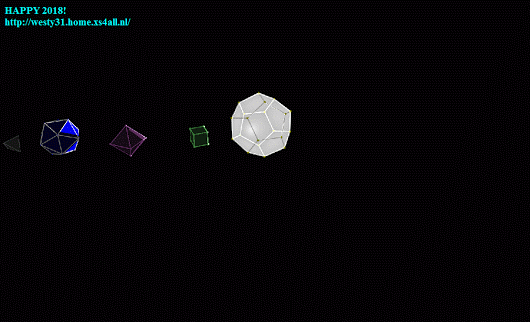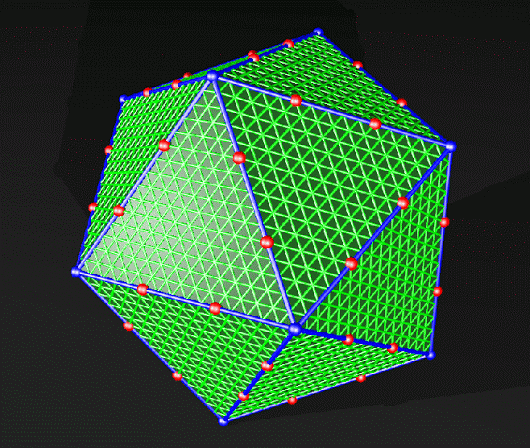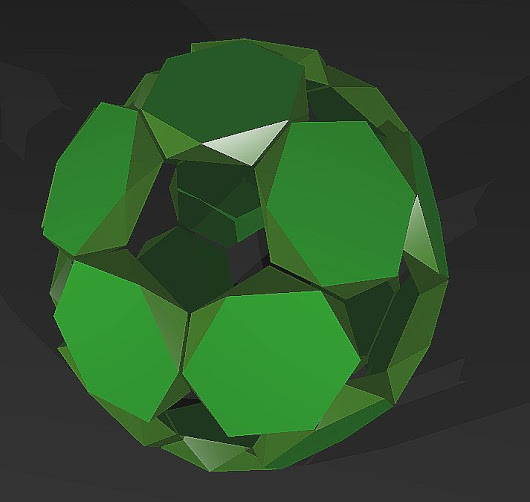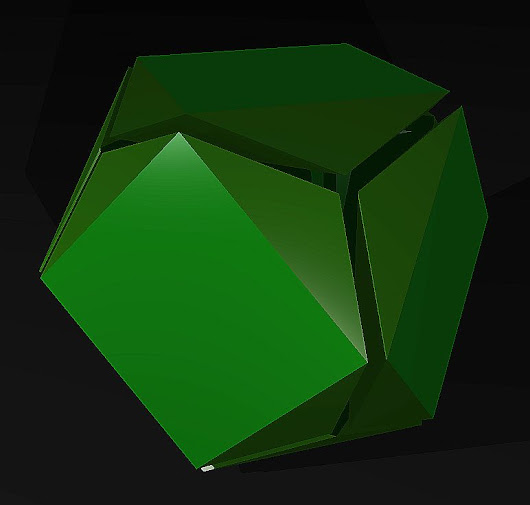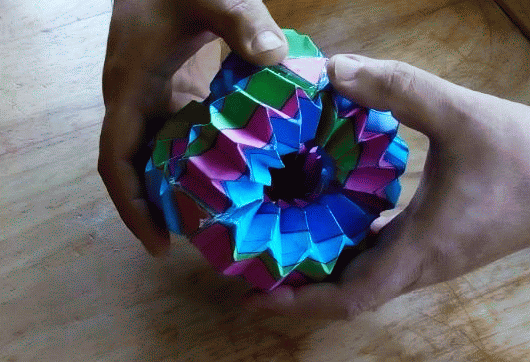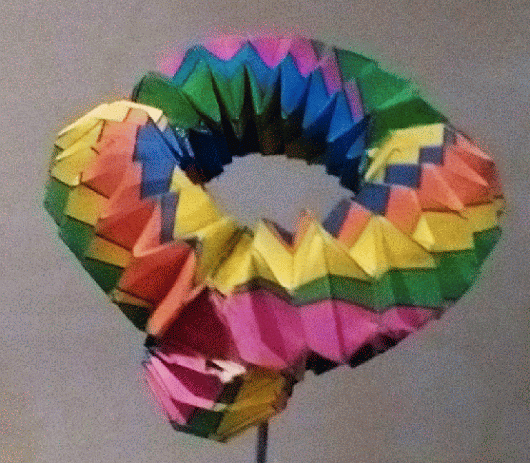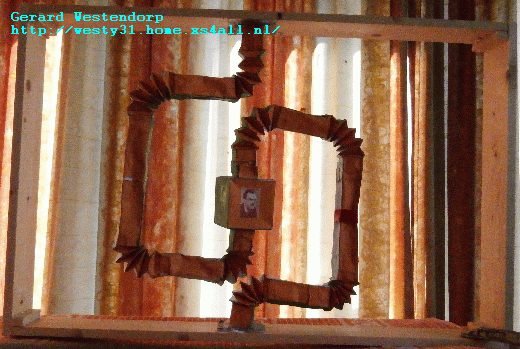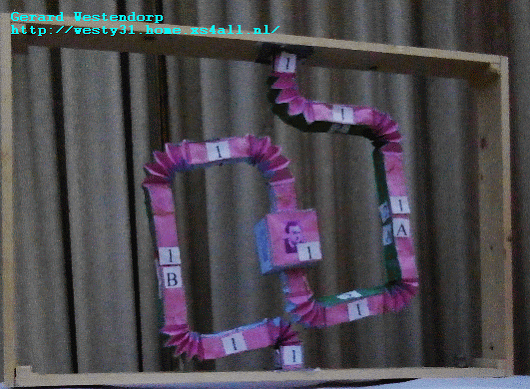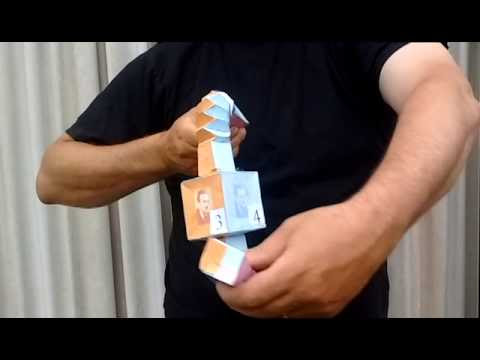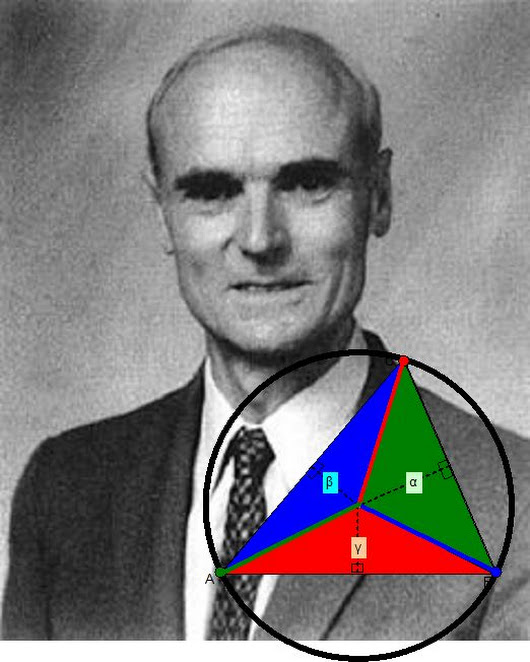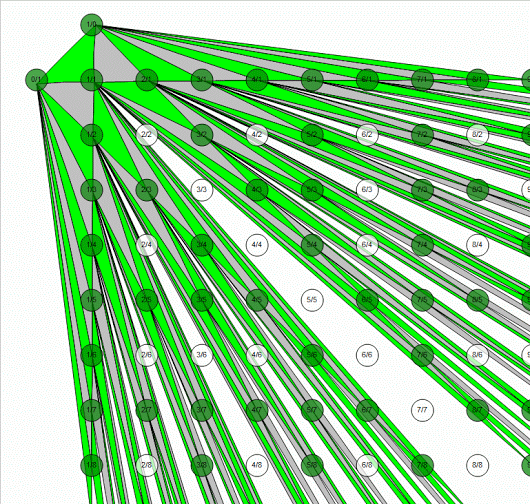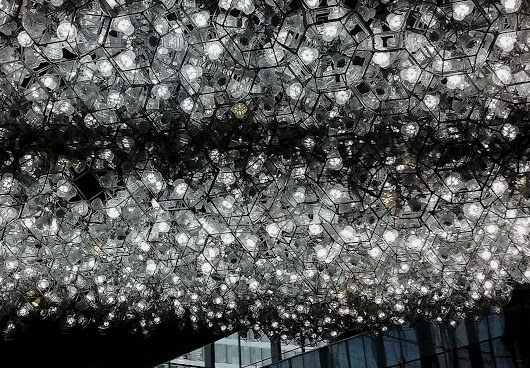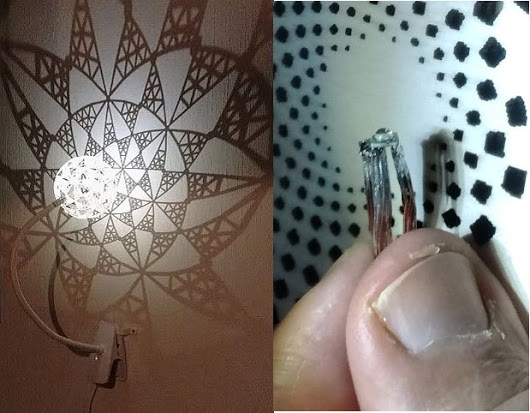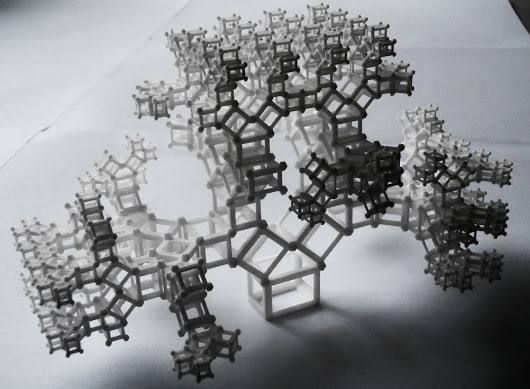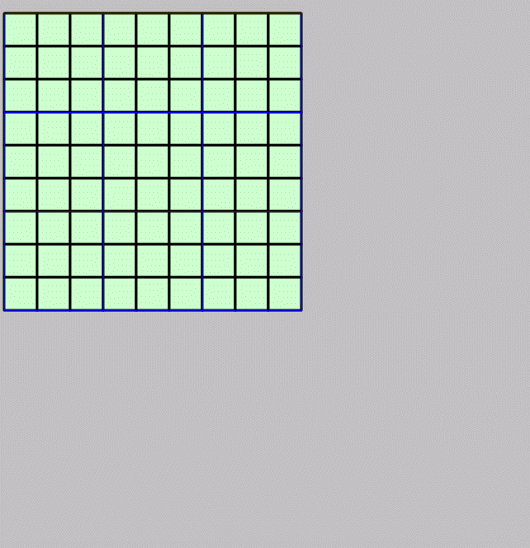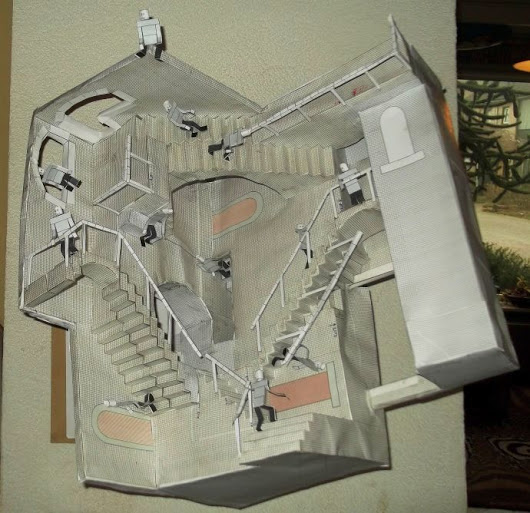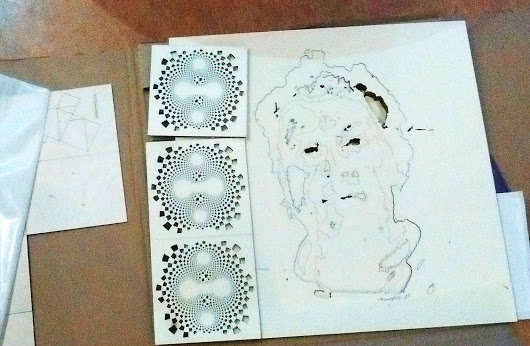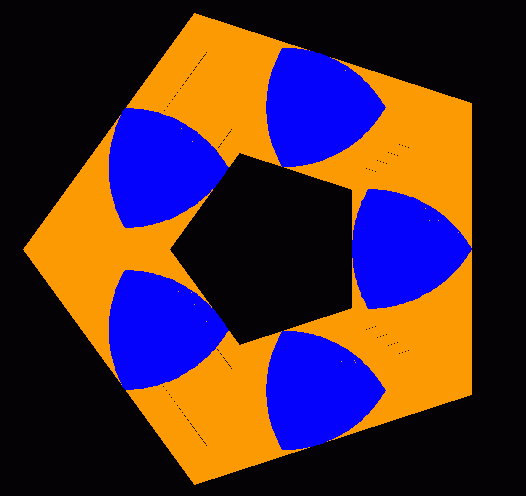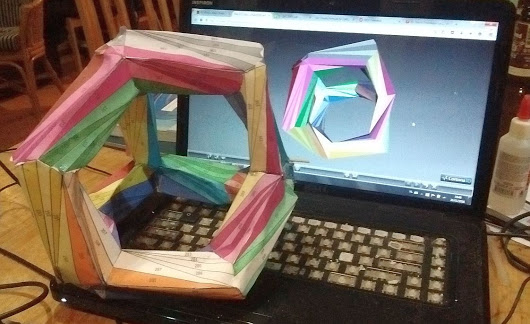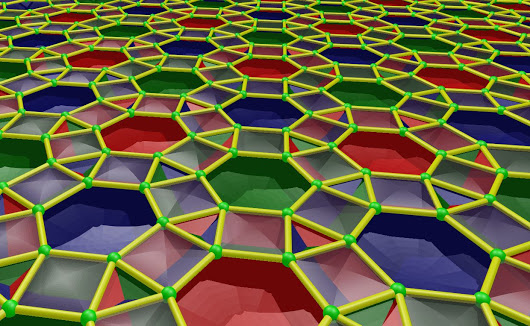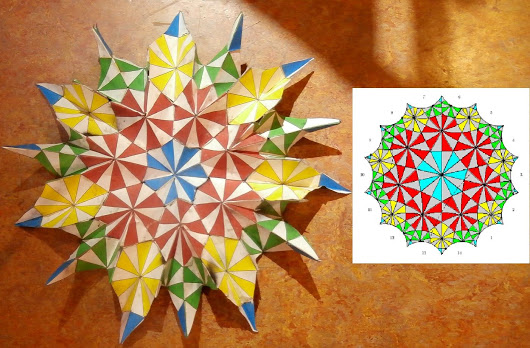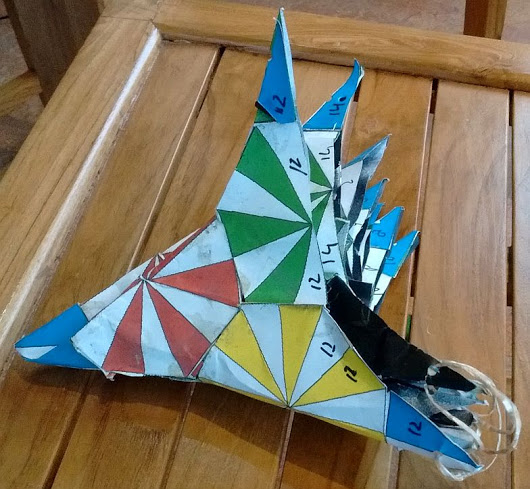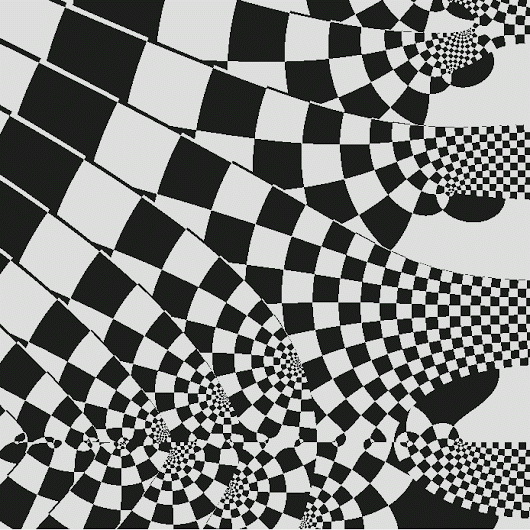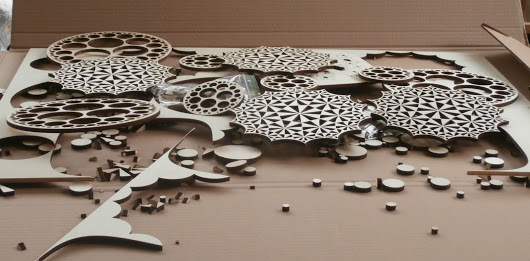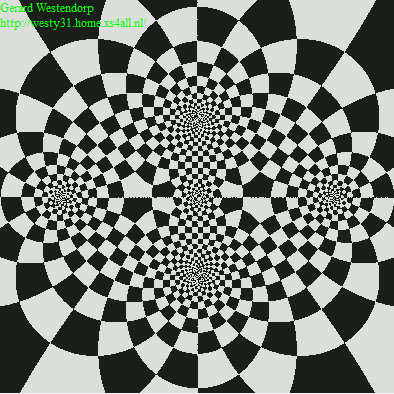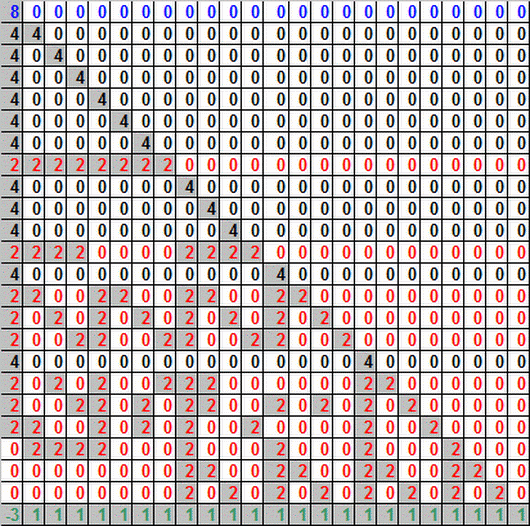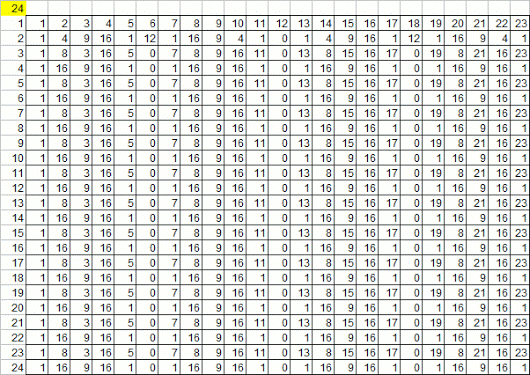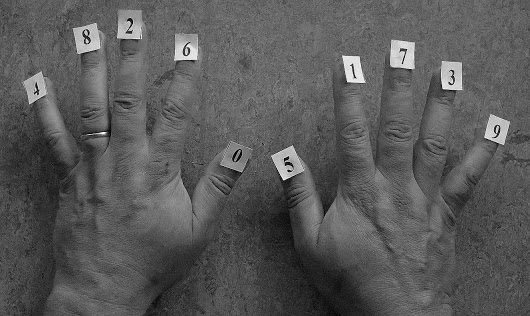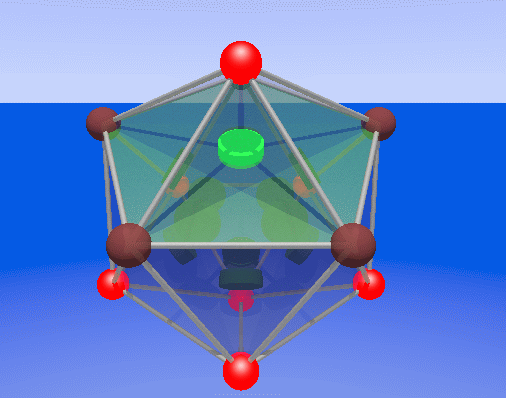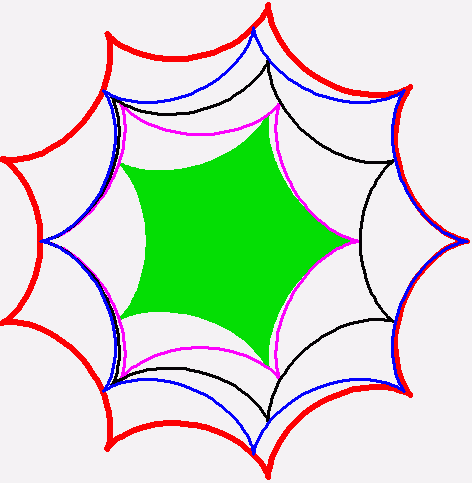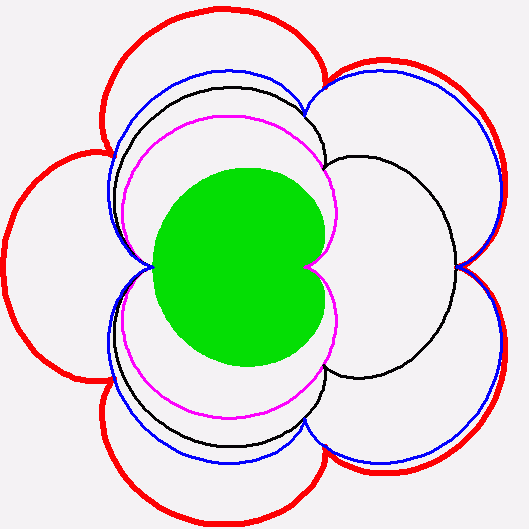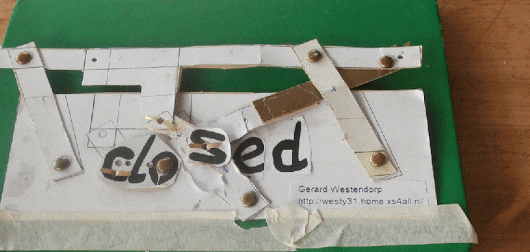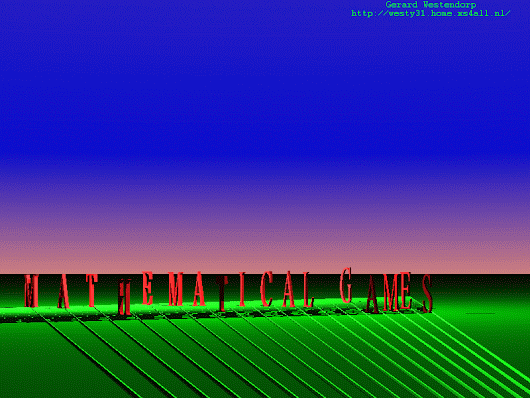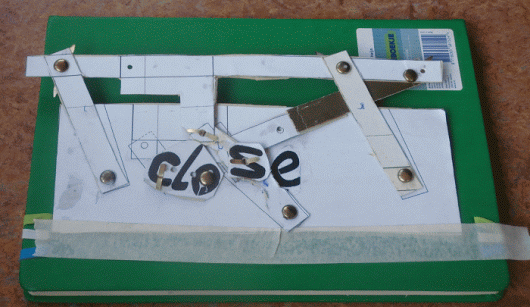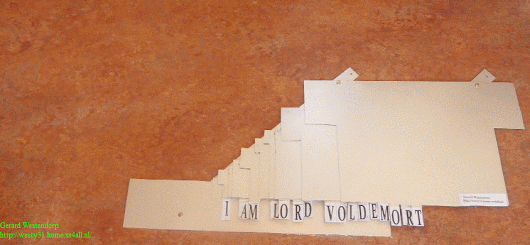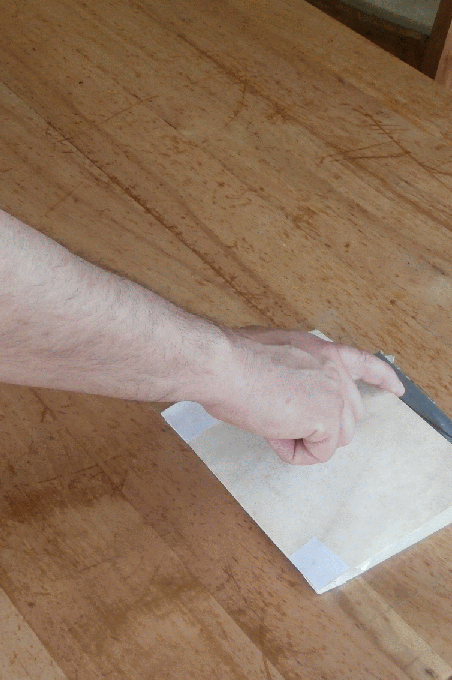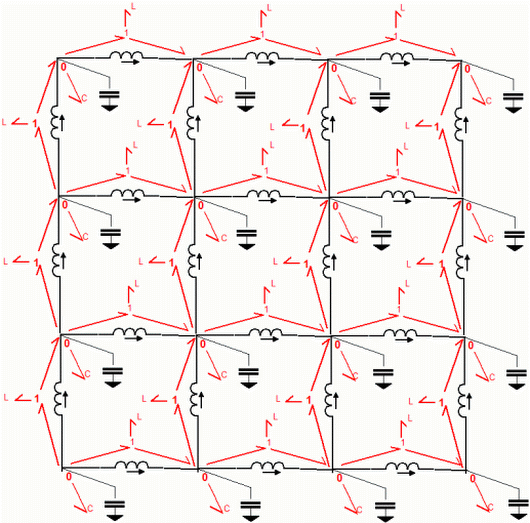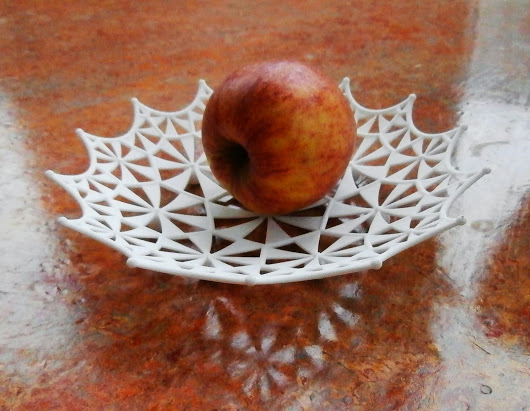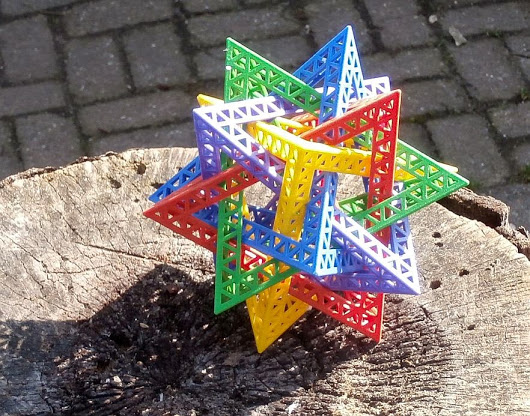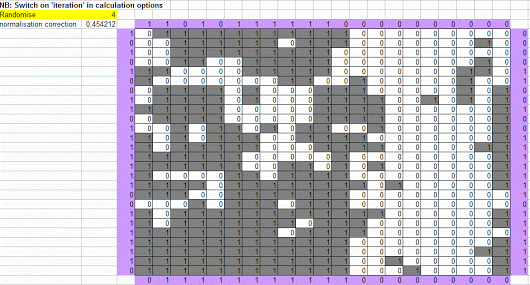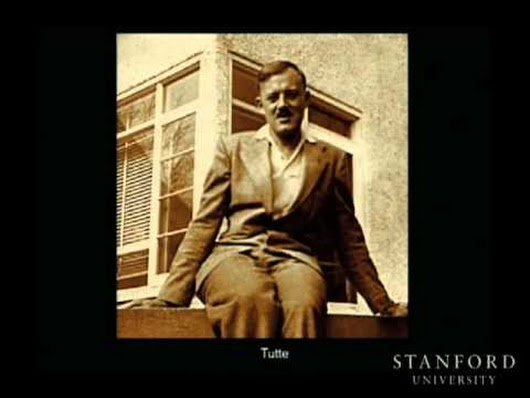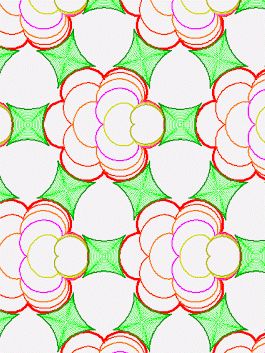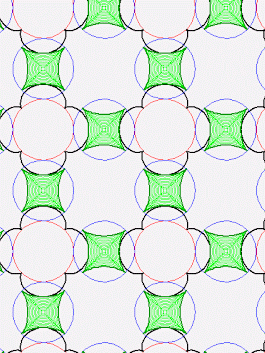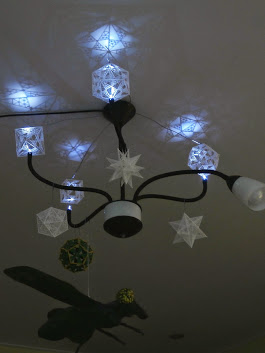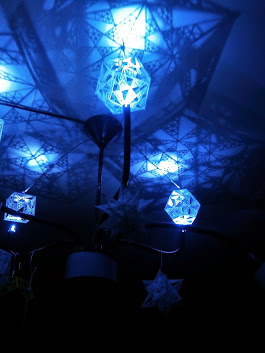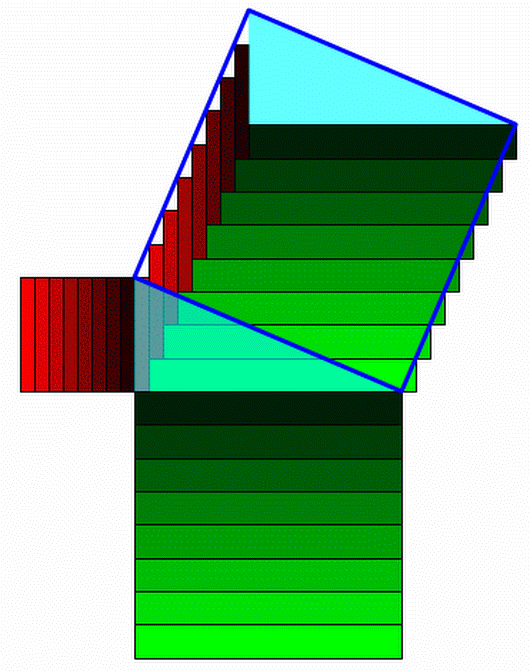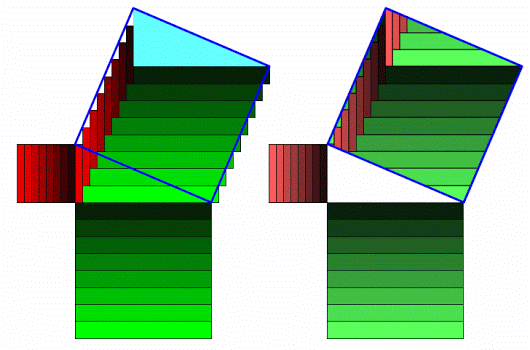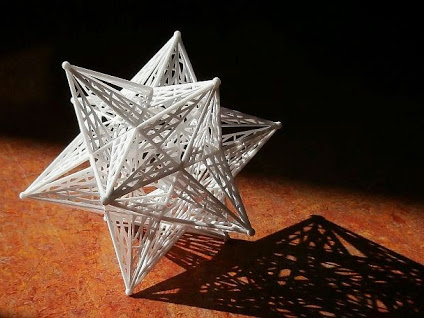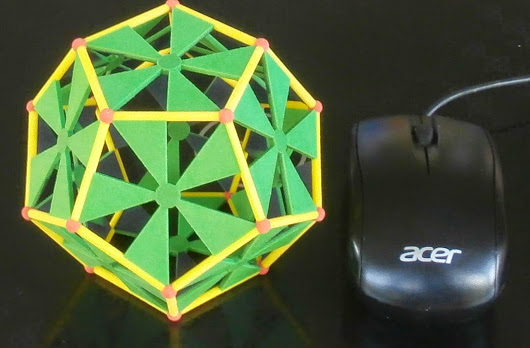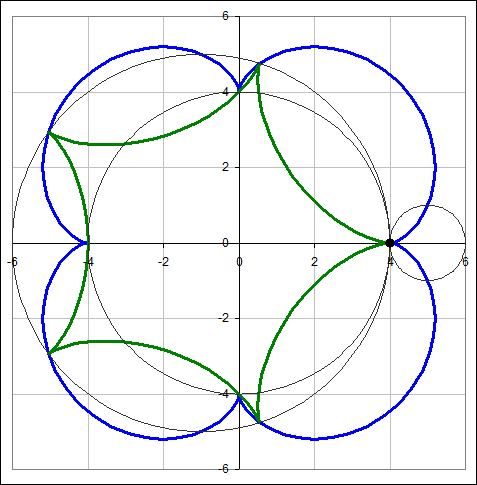John
Baez:
This is great! If you (or someone) could reduce the size of
the
gif to below 1 megabyte, I could, with your permission, feature this
idea in my American Mathematical Society blog Visual Insight.
Otherwise I might just use an image of the great dodecahedron, or the
generator matrix for the Golay code. But the idea here is
wonderful!
John Baez:
By the way, your web page on the Golay code is great, but it would look
nicer if you put a line of space before and after each image, and
centered them. For example, this:
the Golay code, is related to the magical symmetry group
M24.<br>
<img style="width: 305px; height: 297px;" alt="Atlas of FInite
Groups with 3D print of Great Dodecahedron" src="Atlas.jpg">My
curiosity for M24 was sparked by remarks like this produces an image
that's jammed up against the text in an uncomfortable way.
This fixes that:
the Golay code, is related to the magical symmetry group
M24.<p>
<div align = "center"> <img style="width: 305px;
height:
297px;" alt="Atlas of FInite Groups with 3D print of Great
Dodecahedron" src="Atlas.jpg"></div>
<p>My curiosity for M24 was sparked by remarks like this
John Baez:
Your page says
"Let us now define the Leech lattice in a way we can understand."
But you do not, in fact, define it. Are you planning to do
so? As far as I can tell, the Leech lattice is to the
integers as
the Golay code is to the integers mod 2.
John Baez:
Your page also says:
"All finite groups have now been classified."
This is not true. Only the finite simple groups have been
classified. From these we can build up all finite groups by
iterated "extensions". However, this can be done in so many
ways
that it's generally considered impossible to classify finite groups.
Refurio Anachro's profile photo
Refurio Anachro:
> you do not [...] define the [Leech lattice]
Maybe he edited it, but i just read:
>> In 24 dimensional space, [...] consider all points
with
integer coordinates. [...] keep only those points whose coordinates
modulo 2 are legal Golay codes. That is the Leech lattice!
Isn't that enough, +John Baez?
Refurio Anachro:
Great post +Gerard Westendorp! The small stellated dodecahedron is
the dual of the great dodecahedron. That means either one's data is the
other's parity, right?
I hope i can find the time to enjoy the references later today, and
maybe write a bit. Fun fun :)
Gerard Westendorp:
+Refurio Anachro Thanks! I've updated the website, mentioning the fact
that the 2 polyhedra are dual.
Gerard Westendorp:
+John Baez
Thanks! I've put a 0.98 MB version, against a black background, on the
website. (It's all free to copy) Also I centred the images, as you
sugested. (I have an outdated HTML editor). And thanks for the comment
on simple groups versus general groups, I corrected it.
Gerard Westendorp:
+John Baez As for the Leech lattice, my description is/was not correct.
I have an article on the Leech lattice, which I use to try and get a
correct definition, which will hopefully appear before I fall asleep.
Basically, I said that you do the integers modulo 2, and then check if
they are Golay words. But that would imply that translation vectors
like (1,0,0...) can be applied to Leech lattice points, which is not
true. The proper definition involves a more complicated condition of
integers modulo 2,4 and 8, that I will try to get right.
Refurio Anachro:
Nice +Gerard Westendorp. I should have looked up that definition for
the Leech lattice earlier! Wikipedia has it a bit terse. I'd guess
there are two types of vectors, some with mod 8 in their construction,
and some with mod 4.
And that rings a bell... AFAIR, John recently posted a thread leading
to a detailed derivation of these vectors, was it on the cafe? Not sure
what the approach was though.
John Baez:
+Gerard Westendorp - thanks for making that smaller image!
Unfortunately I think it's too unpretty for Visual Insight, because
there's a lot of aliasing (or something) occuring on the dodecahedron
edges - you can see strange lines on them. An image that
didn't
rotate could be much smaller while still being beautiful. Or
maybe someone who is good at writing efficient gifs could help - Greg
Egan took a 2.5 Mb gif someone else made and used a program of his to
compress it to < 1 Mb.
John Baez:
+Refurio Anachro wrote: "Isn't that enough, John Baez?"
Yes, that would be enough, somehow I didn't see that. Maybe
it's
not true. But I don't understand Gerard's argument:
+Gerard Westendorp wrote: "Basically, I said that you do the integers
modulo 2, anf then check if they are Golay words. But that would imply
that translation vectors like (1,0,0...) can be applied to Leech
lattice points, which is not true."
No, that translation would change the parity. You can only do
translations like (1,1,0,0,...) and (1,-1,0,...) (with all possible
permutations of coordinates, and of course sums and differences of such
translations). Does that help?
John Baez
+Refurio Anachro wrote: "AFAIR, John recently posted a thread leading
to a detailed derivation of these vectors, was it on the cafe? Not sure
what the approach was though."
Yes, Greg Egan and I studied the "Turyn construction" of the Leech
lattice, here:
http://math.ucr.edu/home/baez/octonions/integers/integers_9.html
This finds the Leech lattice inside the direct sum of 3 copies of the
E8 lattice. This copies Turyn's 1968 construction of the
Golay
code starting from 3 copies of the 8-bit Hamming code.
None of this is as simple as I'd like - I'd love to see a 'great
dodecahedron' approach to the Leech lattice! One advantage of
connecting the Leech lattice to the E8 lattice is that it put the Leech
lattice inside the 27-dimensional exceptional Jordan algebra in a nice
way. We discuss this in the next page of this series:
http://math.ucr.edu/home/baez/octonions/integers/integers_10.html
I want to publish a paper based on that, because it winds up involving
some rather beautiful and deep mathematics.
Gerard Westendorp:
+John Baez
About making a prettier and smaller animation: That might well be
possible, my GIF animator is a little program called "Unfreeze", which
is very minimalistic.
Prettyness pays off I think, I would not mind spending more time on it,
if it makes nicer pictures. (I like the ones by Klein and Fricke, which
had to be wood-carved, so that they could be printed in 19th century
presses.)
John Baez:
+Gerard Westendorp - your construction of the Golay code is a
beautifully geometrical way of understanding this terse statement on
Wikipedia:
"A generator matrix for the binary Golay code is I A, where I is the
12×12 identity matrix, and A is the complement of the
adjacency
matrix of the icosahedron."
https://en.wikipedia.org/wiki/Binary_Golay_code#Constructions
There's no reference cited here, but it's probably in Sphere Packings,
Lattices and Groups, and as you note it's in this page you cited:
http://giam.southernct.edu/DecodingGolay/encoding.html
Refurio Anachro:
Try gifsicle, a commandline knobset just for what gif has to offer.
Refurio Anachro:
I thought I did understand Gerards argument, but I can't make it cohere
with this:
https://en.m.wikipedia.org/wiki/Leech_lattice
The Leech lattice can be explicitly constructed as the set of vectors
of the form 2^−3/2 (a1, a2, ..., a24) where the a_i are
integers
such that
a_1 + a_2 + ... + a_24 ≈ 4a_1 ≈ 4a_2 ≈
... ≈
4a_24 (mod 8)
and for each fixed residue class modulo 4, the 24 bit word, whose 1's
correspond to the coordinates i such that a_i belongs to this residue
class, is a word in the binary Golay code.
Edit: Yours looks like a better pick, John. I'll have to try again
then.
John Baez:
+Refurio Anachro wrote: "where the ai are integers such that
and for each fixed residue class modulo 4..."
That looks like either it's missing an extra clause or has an
unnecessary "and". It would be very nice if there weren't an
extra clause!
John Baez
There's an extra clause: the sum of all the a_i equals each one of the
numbers 4a_i mod 8.
Refurio Anachro:
+John Baez like so:
> There's an extra clause
Right. I just filled the blank i had pasted. Thanks!
> It would be very nice if there weren't an extra clause.:-)
It has been such a nice hike so far that i'm not ready to give up on
that undreamt prospect to get to see the Leech lattice by foot. I'll
shoot my arrows to the sky, if necessary.
Now where did i put that book of Conway...
Refurio Anachro:
I'm looking at Conway and Sloane's "sphere packings, lattices and
groups", and here's the first excerpt that might help shedding light on
the issue. It's just the first I got to, if Gerard is ok with this I'd
add some more later.
In the preface to the third edition they write about the Leech lattice:
> Lift the binary Golay code to Z4 [...], and apply
"Construction A4"
> the cyclic code with the generator polynomial g2(x) = x^11 +
x^9 +
x^7 + x^6 + x^5 + 2x^4 + x - 1, a divisor of x^23 - 1 (mod 4). By
Hensel-lifting this polynomial (using say Graeffe's root-squaring
method) to Z4 we obtain
> g4(x) = x^11 + 2x^10 - x^9 - x^7 - x^6 - x^5 +2x^4 + x - 1
> a divisor of x^23 - 1 (mod 4). By appending a zero-sum check
symbol to the cyclic code generated by g4(x) we obtain a self-dual code
of length 24 over Z4. Applying Construction A4 (cf Chapter 5), that is,
taking all vectors in Z^24 which when read mod4 are in the code, we
obtain the Leech lattice.
> In this version of the Leech lattice the 196560 minimal
vectors
appear as 4.16.759 of shape 2^2 1^8 0^14, 2.24.2576 od shape 2^1 1^12
0^11 32.795 of shape 1^16 0^8 and 48 of shape 4^1 0^23.
Gerard Westendorp
+John Baez
I made a new try for a smaller image, it is only 230 kB, not
moving. It is adjacent to the old one on the web page.
Gerard Westendorp:
It is getting late, but I am drawing a hyperbolic
polygon on a (7,4) tiling, with the connectivity of the Golay matrix.
It
has 24 heptagons. I think it has 84 edges, like the Klein quartic, but
only 42 vertices, it has genus 10.
(Hopefully this is not complete nonsense, I will check tomorrow)
John Baez:
+Gerard Westendorp - thanks, that's
nice! Greg Egan also made one, that's a bit different. I'll use both
on my /Visual Insight/ article, and of course credit both of you - and
especially /you/, for having this nice idea.
Gerard Westendorp:
I fixed the part on the Leech lattice, I think I now
understand it:
http://westy31.nl/Golay/GolayCodeAndSymmetry.html#Leech
I also read that Leech himself didn't get it right the first time,
comforting thought.
15 plus ones
